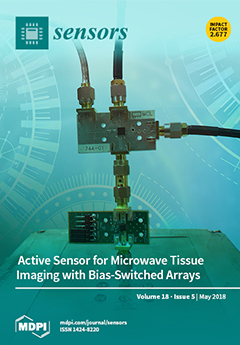Currently, five new-generation BeiDou (BDS-3) experimental satellites are working in orbit and broadcast B1I, B3I, and other new signals. Precise satellite orbit determination of the BDS-3 is essential for the future global services of the BeiDou system. However, BDS-3 experimental satellites are mainly
[...] Read more.
Currently, five new-generation BeiDou (BDS-3) experimental satellites are working in orbit and broadcast B1I, B3I, and other new signals. Precise satellite orbit determination of the BDS-3 is essential for the future global services of the BeiDou system. However, BDS-3 experimental satellites are mainly tracked by the international GNSS Monitoring and Assessment Service (iGMAS) network. Under the current constraints of the limited data sources and poor data quality of iGMAS, this study proposes an improved cycle-slip detection and repair algorithm, which is based on a polynomial prediction of ionospheric delays. The improved algorithm takes the correlation of ionospheric delays into consideration to accurately estimate and repair cycle slips in the iGMAS data. Moreover, two methods of BDS-3 experimental satellite orbit determination, namely, normal equation stacking (NES) and step-by-step (SS), are designed to strengthen orbit estimations and to make full use of the BeiDou observations in different tracking networks. In addition, a method to improve computational efficiency based on a matrix eigenvalue decomposition algorithm is derived in the NES. Then, one-year of BDS-3 experimental satellite precise orbit determinations were conducted based on iGMAS and Multi-GNSS Experiment (MGEX) networks. Furthermore, the orbit accuracies were analyzed from the discrepancy of overlapping arcs and satellite laser range (SLR) residuals. The results showed that the average three-dimensional root-mean-square error (3D RMS) of one-day overlapping arcs for BDS-3 experimental satellites (C31, C32, C33, and C34) acquired by NES and SS are 31.0, 36.0, 40.3, and 50.1 cm, and 34.6, 39.4, 43.4, and 55.5 cm, respectively; the RMS of SLR residuals are 55.1, 49.6, 61.5, and 70.9 cm and 60.5, 53.6, 65.8, and 73.9 cm, respectively. Finally, one month of observations were used in four schemes of BDS-3 experimental satellite orbit determination to further investigate the reliability and advantages of the improved methods. It was suggested that the scheme with improved cycle-slip detection and repair algorithm based on NES was optimal, which improved the accuracy of BDS-3 experimental satellite orbits by 34.07%, 41.05%, 72.29%, and 74.33%, respectively, compared with the widely-used strategy. Therefore, improved methods for the BDS-3 experimental satellites proposed in this study are very beneficial for the determination of new-generation BeiDou satellite precise orbits.
Full article






